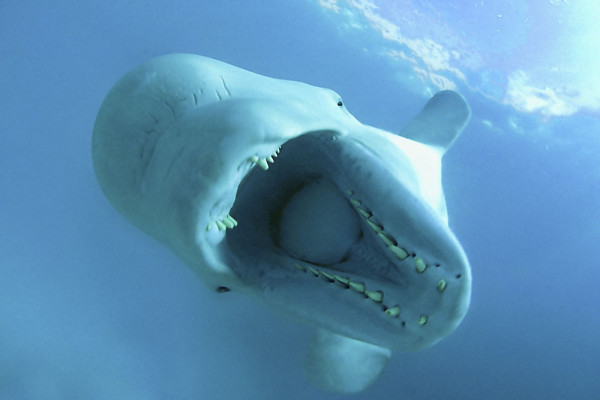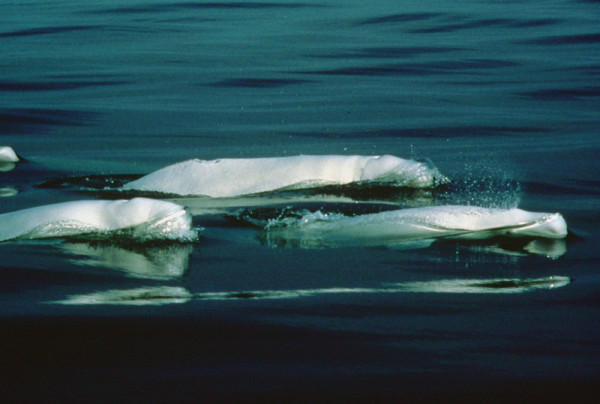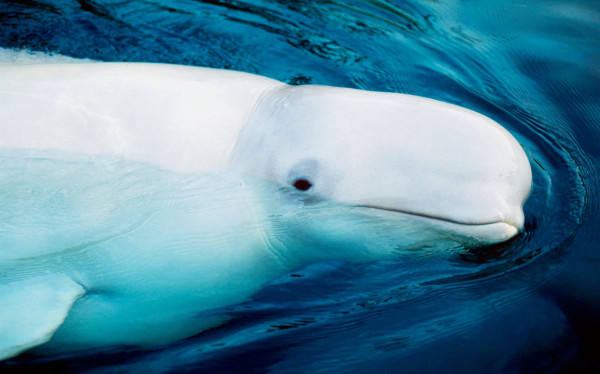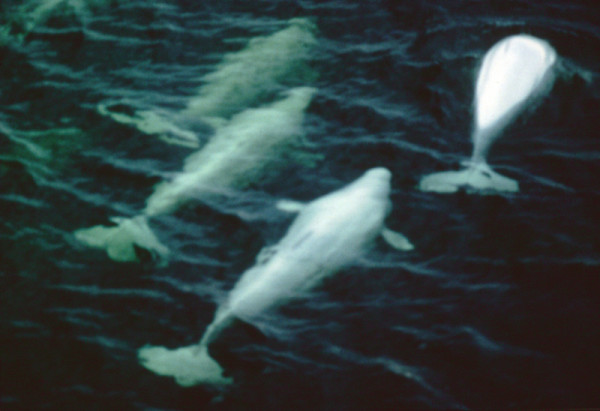Listen to the canaries of the sea
The belugas rounded forehead, called a “melon,” is flexible and capable of changing shape. This allows them to make different facial expressions and make noises such as a series of chirps, clicks, whistles and squeals, which is why the beluga is also called the canary of the sea. To us this noise might not sound like much, but for belugas it conveys important information in the large open water. Communication is key to the canaries of the sea, so let’s dive in and try to understand the noises of a beluga whale.

The sound they make
Beluga calls vary, they are said to resemble a cork being pried from a bottle or a creaking door, along with sounds like clicks, squeaks, chirps, groans, whistles and squeals.

They don’t have vocal cords
Belugas make all these amazing noises despite having no vocal cords. Instead they “speak” through nasal sacs near their blowhole. Which means they talk through their noses.

Finding their way
Belugas like other whales use these calls to help find food, which is known as echolocation. Their sounds are very important as it helps them survive!

They’re just like us
Young belugas are similar to human babies, who babble and try and make words before being able to fully form words and sentences. Also, young belugas learn their calls from their elders. It takes one to two years to develop more complete calls and sounds.
Belugas have even been heard making human-like sounds. Researchers discovered a beluga whale whose vocalizations were remarkably close to human speech.

Our beluga work depends on your support. Donate now to help us protect beluga whales.
